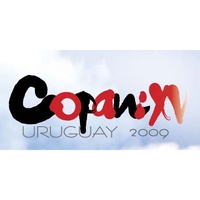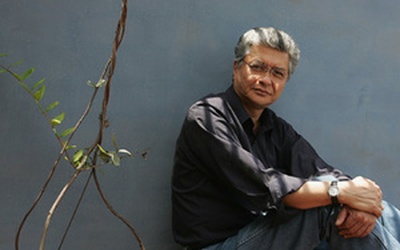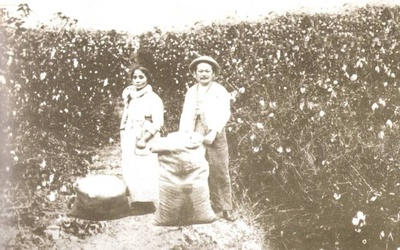Discover Nikkei at COPANI XV - Uruguay 2009

Discover Nikkei hosted two sessions at the COPANI conference in Montevideo, Uruguay held from September 17–19, 2009. The sessions were presented together with several of our Latin American Participating Organizations.
This series presents the topics discussed by the panelists from both sessions, as well as some of the other sessions at the conference.
Stories from this series

Reflections on "Being Nikkei"
Oct. 26, 2009 • Ariel Takeda
1. THE ‘NIKKEI’ CONCEPT: When, beginning in 1869, groups of Japanese began leaving Japan in search of means of sustenance; it became necessary to identify them in some way. As a result, the concept ‘Nikkei’ is coined to identify those who, like the dekasegi [“work away from home”], stay temporarily away from Japan. But this concept is called into question when some of those who left fail to return to the Motherland, staying indefinitely in the receiving countries. The new …

Los nikkei en el Perú II: Identidad y cultura
Sept. 16, 2009 • Amelia Morimoto
En la XV Conferencia Panamericana Nikkei (Copani) que se llevará a cabo en la ciudad de Montevideo, Uruguay en la tercera semana del presente mes, el Museo Nacional Japonés Americano, a través del Proyecto Discover Nikkei, estará a cargo de la mesa (workshop) que tratará – en su segunda sesión- el tema “Multiracialidad y multietnicidad en las Comunidades Nikkei”. Este segundo tema plantea, en principio, las preguntas: ¿qué es Nikkei? y ¿quién es Nikkei? Luego, partiendo de la observación de …

Los Nikkei en el Perú I: La migración en cifras
Sept. 15, 2009 • Amelia Morimoto
Presentación1 En la tercera semana del presente mes se llevará a cabo la XV Conferencia Panamericana Nikkei (Copani) en la ciudad de Montevideo, Uruguay. En tal evento, el Museo Nacional Japonés Americano, a través del Proyecto Discover Nikkei, estará a cargo de la mesa (workshop) que tratará los temas: “La diáspora Nikkei: La migración Nikkei en la Sociedad Global” (1ra. sesión) y “Multiracialidad y multietnicidad en las Comunidades Nikkei” (2da. sesión). El primero servirá, por un lado, para analizar …







